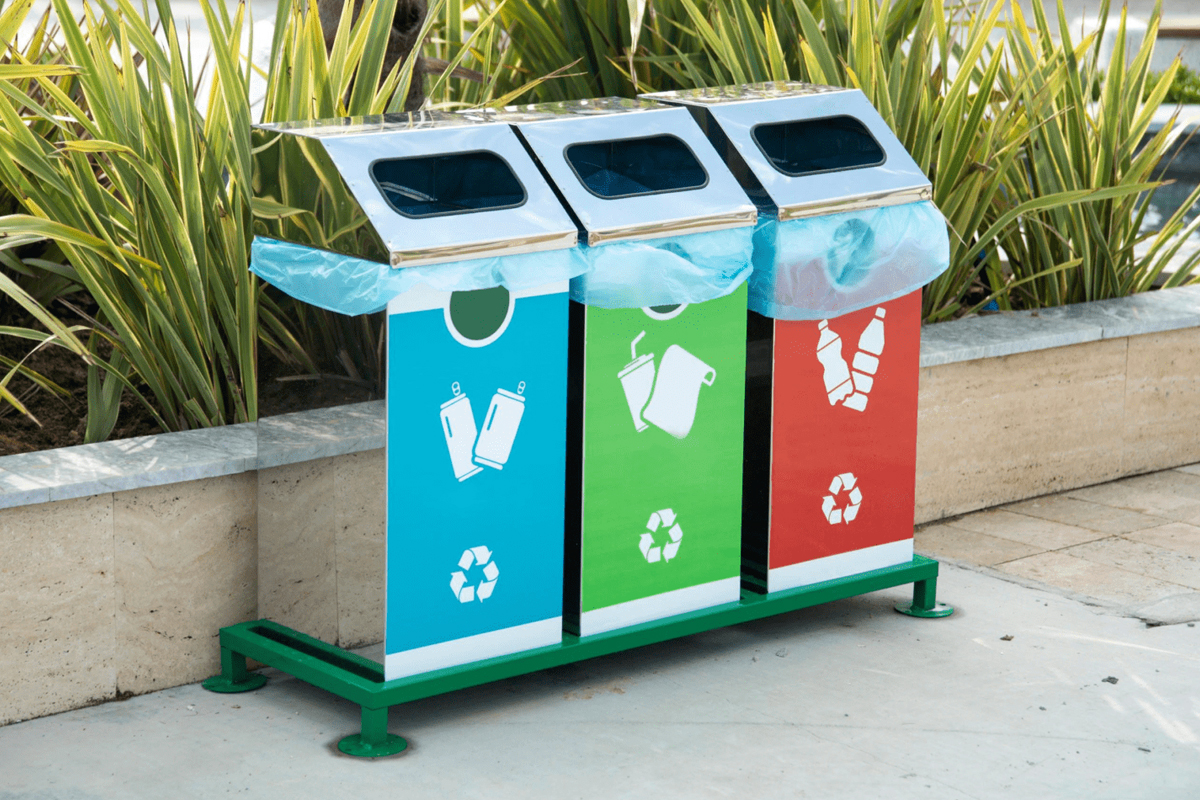Caring for the environment has become an essential part of modern life. By using eco-friendly materials at home, adopting a waste sorting system, and transitioning to sustainable transportation, we can make a significant contribution to protecting the planet. Let’s explore why these eco-conscious choices are so important.
Eco-Friendly Materials for the Home
Creating a sustainable living space begins with choosing the right materials for your home. Eco-friendly materials reduce environmental harm and minimize waste during construction, renovation, and interior design.
Sustainable Building Materials
Many traditional building materials, such as cement and concrete, have a high carbon footprint due to significant CO₂ emissions during production. Alternatives include natural and renewable resources like bamboo, which grows quickly and is easily replenished, and sustainably sourced wood certified for responsible forestry practices.
Natural Interior Materials
For home decor, opt for eco-friendly materials for furnishings and finishes. Choose natural wood, linen, cotton, or jute instead of plastics and synthetic fabrics. Eco-friendly paints and water-based varnishes, which emit no toxic substances, are also excellent options. Recycled furniture or refurbished vintage pieces add a cozy and sustainable touch to your home.
Energy-Efficient Technologies
Eco-friendly homes are often equipped with energy-saving technologies like solar panels, energy-efficient windows, and wall insulation. These innovations help reduce reliance on non-renewable resources and lower greenhouse gas emissions.
Waste Sorting
Waste sorting is one of the simplest and most effective measures to reduce waste and improve resource recycling. When implemented correctly, it significantly decreases landfill volume and reduces the use of raw materials.
Main Waste Categories
Start by separating waste into categories such as paper, plastic, glass, metal, and organic waste. To make this easier, set up multiple bins at home so each type of waste can be collected separately. Sorting waste simplifies recycling processes, as each material requires specific handling.
Composting Organic Waste
Organic waste, including food scraps and garden clippings, can be composted to create natural fertilizer for your garden or plants. Composting is an eco-friendly way to dispose of food waste, reduce overall trash volume, and return nutrients to the soil. Compact composting systems are even available for apartment use.
Recycling and Reuse
Before throwing anything away, consider if it can be reused. Plastic containers can serve as storage, glass jars for canning, and old newspapers or cardboard for packaging. Reusing items not only reduces waste but also saves money.
Eco-Friendly Transportation
Transportation significantly impacts the environment: vehicle emissions pollute the air and contribute to climate change. However, there are ways to make transportation more sustainable.
Bicycles and Electric Scooters
Bicycles and electric scooters are excellent alternatives to private cars for short trips in urban areas. They require no fuel and produce zero emissions. Additionally, cycling infrastructure is rapidly developing in many cities.
Public Transportation
Buses, trams, subways, and trains can move large numbers of people, reducing the overall number of cars on the road. Many cities are transitioning to eco-friendly public transportation, such as electric buses powered by electricity or even hydrogen.
Electric and Hybrid Vehicles
Electric and hybrid vehicles offer a cleaner alternative to traditional internal combustion engine cars. Electric cars run on electricity, reducing carbon dioxide emissions. Some countries even provide incentives for purchasing electric vehicles, making them more affordable. Switching to electric vehicles helps create cleaner urban environments.
Using eco-friendly materials for your home, adopting waste sorting, and switching to sustainable transportation are essential steps toward a more sustainable future.


